Pituitary stalk interruption syndrome with subependymal grey matter heterotopia
Presentation
Growth restriction and multiple anterior pituitary hormone deficiency.
Patient Data
CEMRI Brain (Pituitary)
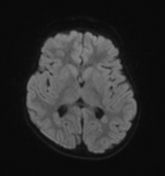



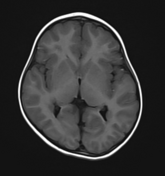

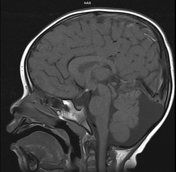

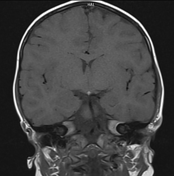

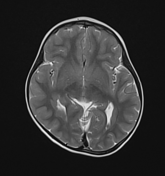

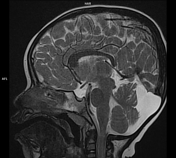



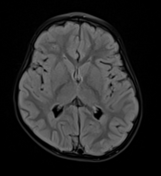

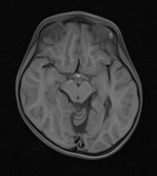

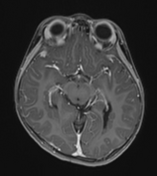



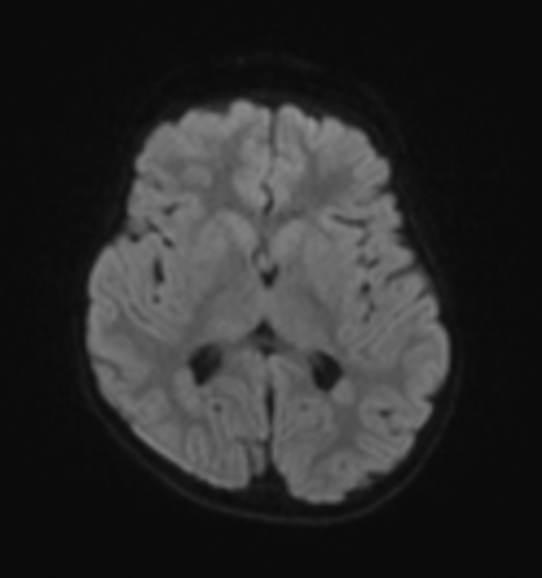
The pituitary fossa is small and shallow with a small amount of enhancing tissue along its floor, likely hypoplastic anterior pituitary and absent posterior pituitary bright spot.
Small T1 hyperintense soft tissue nodule at the floor of the 3rd ventricle near the optic chiasma, consistent with ectopic posterior pituitary. The pituitary stalk is absent.
There are a few small confluent areas of grey matter around the occipital & temporal horn of the bilateral lateral ventricle, suggesting subependymal/periventricular grey matter heterotopia.
Mega cisterna magna seen (anatomical variant).
Case Discussion
The constellation of imaging findings of the hypoplastic anterior pituitary gland, ectopic posterior pituitary bright spot and absent pituitary infundibulum suggest pituitary stalk interruption syndrome. Grey matter heterotopia is known association of above condition.
Co-author: Dr. Vivek Ranjan (Pediatrician).




 Unable to process the form. Check for errors and try again.
Unable to process the form. Check for errors and try again.